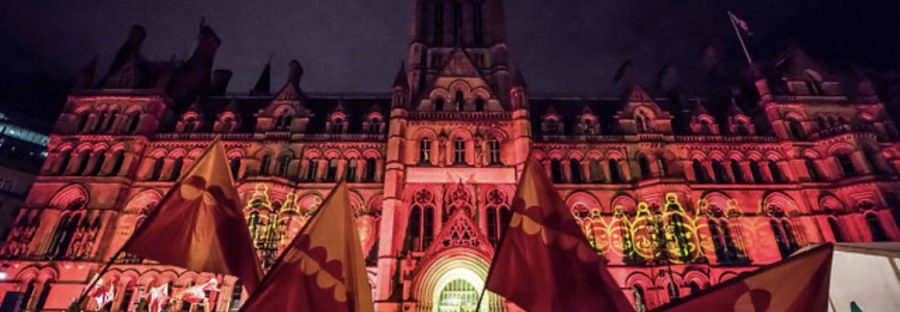Digital Diwali culminates in seven-hour celebration across four boroughs in Greater Manchester for festival of light
- Series of online festival events celebrating Hindu Festival of Lights
- Greater Manchester presents four short films as part of commission entitled Hidden Women In Ramayana
Diwali, known as the festival of light, is one of the important religious festivals which originated in India and stretches back more than 2,500 years.
Celebrated by Hindus, Aikhs, Jians and Newar Buddhists, the celebration takes place annually and although the date changes, it usually takes place between October and November.
Arts organisation Walk the Plank usually produce large-scale Diwali events in Manchester city centre but due to the pandemic the festival has been made digitally with seven hours of cultural events and activities involving classical and contemporary dance, music and storytelling.
This year Greater Manchester will witness the Diwali story told by four boroughs. The digital program goes live this week with each episode of the hidden women of Ramayana daily. The main program goes out on 6 November.

Nick Clark, creative director of the production, said: “Lantern-making workshops were delivered across Bury, Oldham, Tameside and Bolton, and at least 500 lanterns have been created.
“Each location throughout this week will have its own lantern processions around the town centres in each of the boroughs.
“One of the highlight of this year’s digital Diwali is that the Diwali story has been split into four sections with the boroughs given one section each to create while working with choreographers, dancers, local participants to make the scenes.
“These scenes were created, filmed and edited together to make one story told by the four boroughs. The film is called Cast The Light and would be the cumulation of the digital Diwali.
“Another element of the digital program is The Hidden Women of Ramayana, a concept by Supriya Nagarajan which has been split in four parts and which explores the three female characters from the Ramayana, who played a significant part in shaping the story but are very much hidden in the pages and they rarely get explored.
“This is presented through poetry and also Indian classical story style.”
The Ramayana is an ancient poem in literature and consists of nearly 24,000 verses.
This week’s celebrations are the product of six months of planning, rehearsal and filming.
The Diwali festival symbolises the homecoming of Rama and Sita who were banished for 14 years and while in a forest encountered the evil King Ravana, who kidnapped Sita and wanted to marry her.
This led to a battle where Rama eventually killed Ravana and returned to their city with Sita.
On returning, they were welcomed by people lighting lamps in their windows to celebrate victory over evil. This is why Diwali is celebrated and called the festival of light.


